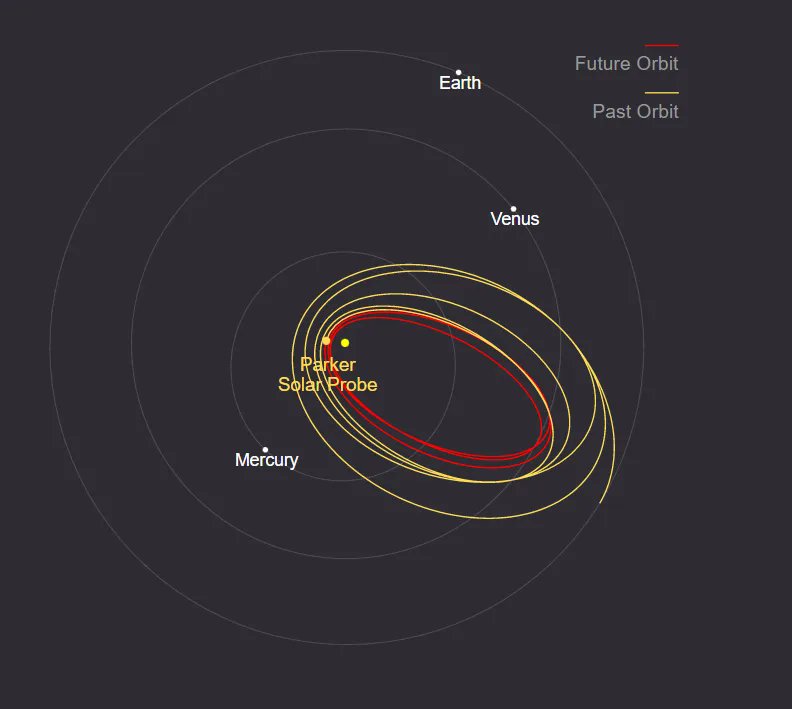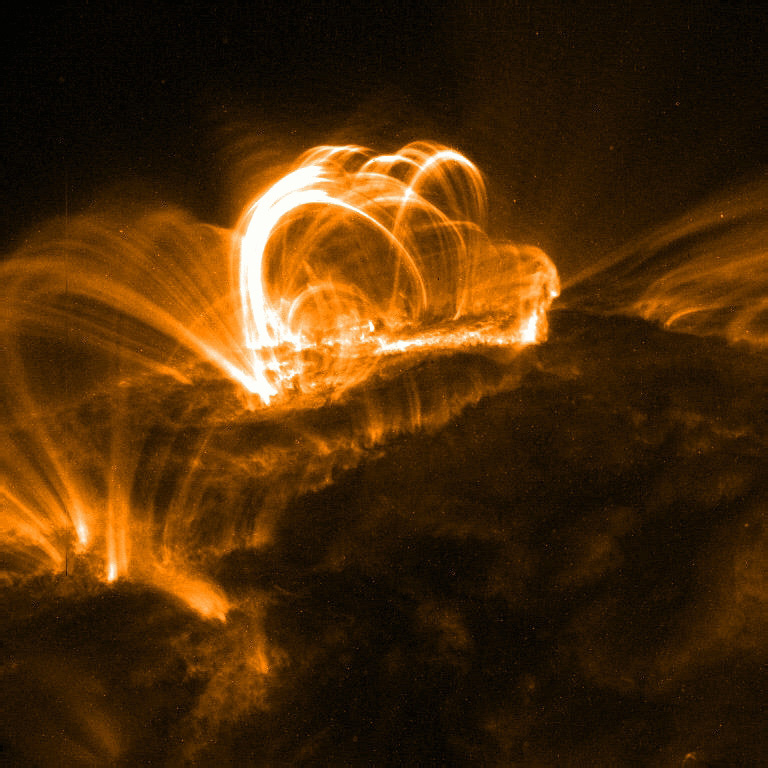We’ve covered plenty of the Parker Solar Probe’s exploits here at UT, but it keeps breaking new records almost every month. Now, with its newest flyby, it has gotten closer to the Sun than ever before, breaking its own record from previous flybys.
Continue reading “Parker Solar Probe Hurtles Past the Sun, Making its Closest Approach so far”An Asteroid has Been Discovered That Crosses Mercury’s Orbit
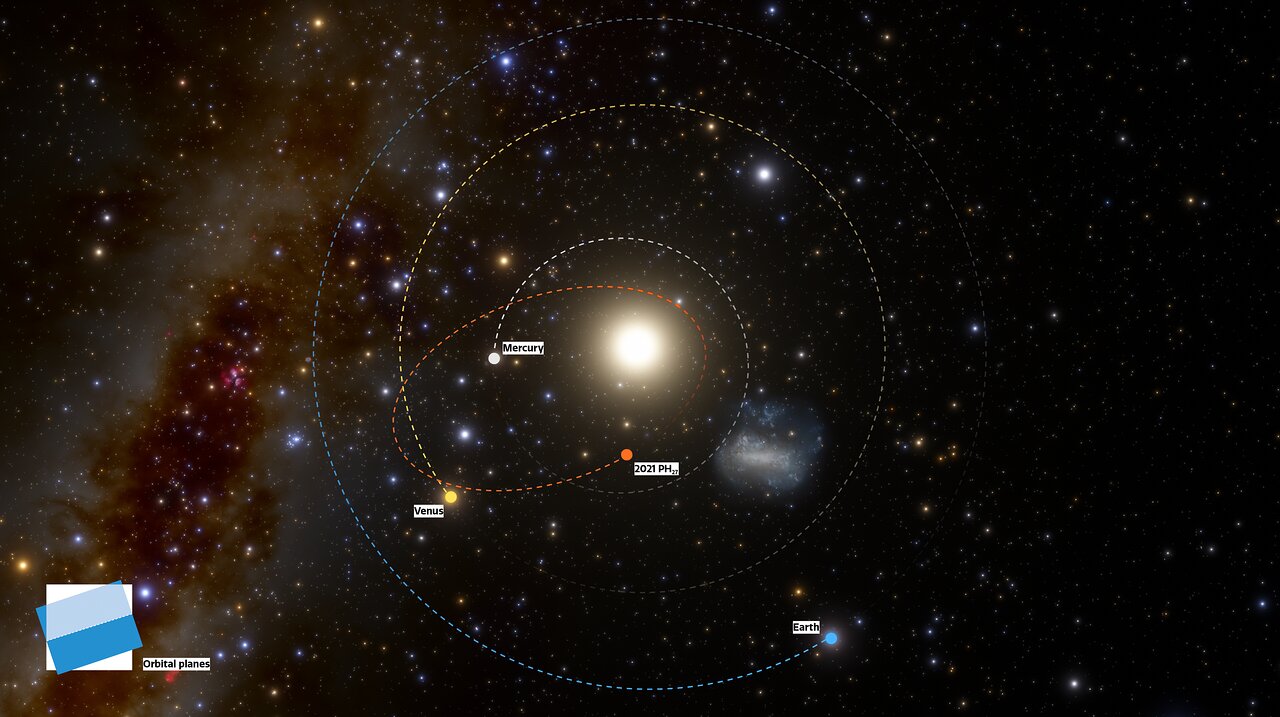
Astronomers have spotted the fastest-ever asteroid orbiting Sun — and at times, it gets closer to the Sun than the planet Mercury.
Continue reading “An Asteroid has Been Discovered That Crosses Mercury’s Orbit”When the Sun Dies, Earth’s Magnetosphere won’t Provide Protection any More
The Earth’s magnetic field is an underappreciated wonder of the natural world. It protects our atmosphere, provides some of the most breathtaking scenery when it creates auroras, and allows people to navigate from one side of the world to the other. Unfortunately, it won’t be able to save us from the death of the Sun though. At least that’s the finding of some new research by Dr. Dimitri Veras of the University of Warwick and Dr. Aline Vidotto of Trinity College Dublin.
Continue reading “When the Sun Dies, Earth’s Magnetosphere won’t Provide Protection any More”There are Particles of 4.5 Billion-Year-old Solar Wind Trapped Inside the Earth

Scientists have found the unmistakable presence of certain isotopes in an iron meteorite. Since these meteorites are thought to leftover bits of planetary cores, similar isotopes must be in the Earth’s own core. And the only place to get those isotopes is from the solar wind.
Continue reading “There are Particles of 4.5 Billion-Year-old Solar Wind Trapped Inside the Earth”Astronomers Confirm the Existence of Magnetic Waves in the Sun’s Photosphere
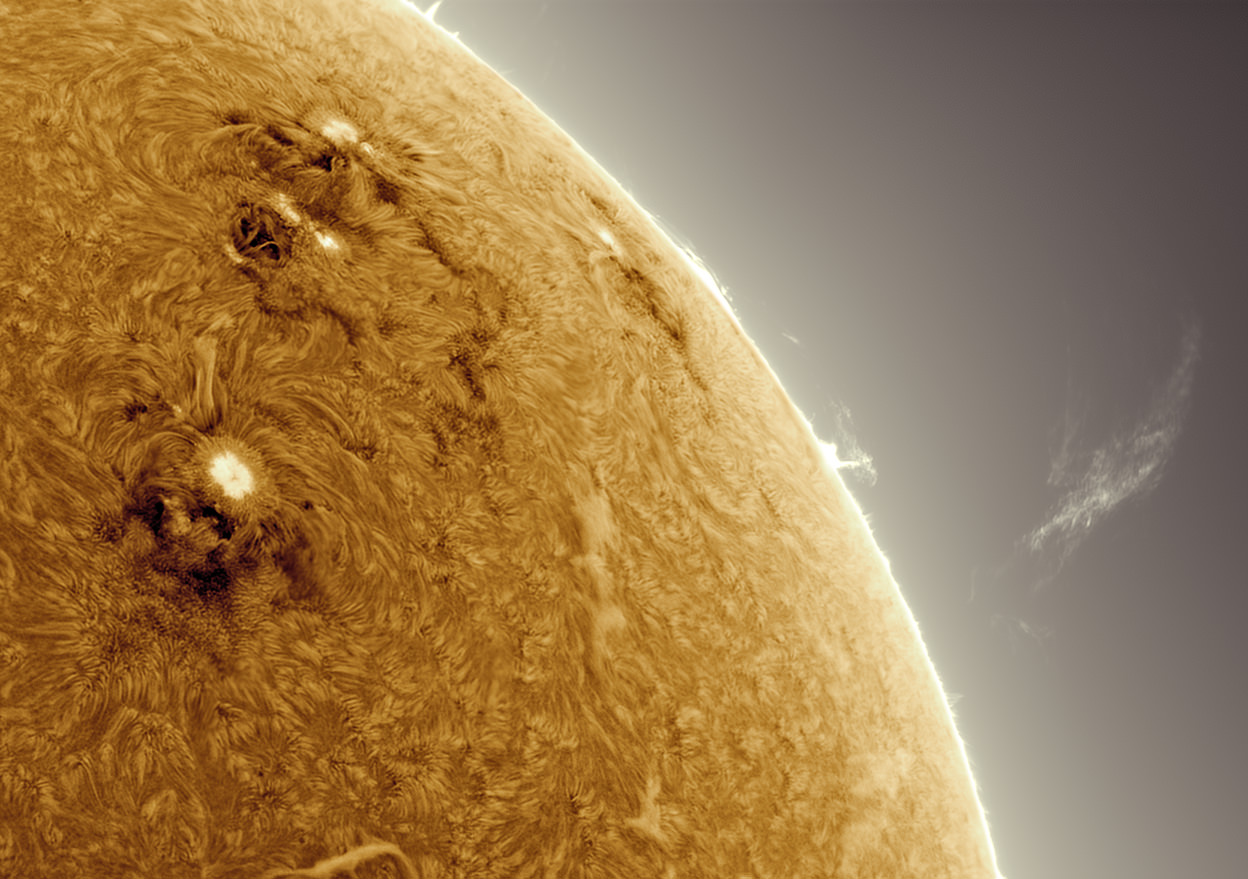
For the first time astronomers have observed waves of magnetic energy, known as Alfvén waves, in the photosphere of the sun. This discovery may help explain why the solar corona is so much hotter than the surface.
Continue reading “Astronomers Confirm the Existence of Magnetic Waves in the Sun’s Photosphere”Researchers Discover the Source of the Sun’s Most Dangerous High-Energy Particles
Sometimes the sun spits out high-energy particles which slam into the Earth, potentially disrupting our sensitive electronics. New research has found that these particles originate in the plasma of the sun itself, and are trapped there by strong magnetic fields. When those fields weaken, the particles blast out.
Continue reading “Researchers Discover the Source of the Sun’s Most Dangerous High-Energy Particles”Space Missions are Building Up a Detailed Map of the Sun’s Magnetic Field
Solar physicists have been having a field day of late. A variety of missions have been staring at the sun more intently ever before (please don’t try it at home). From the Parker Solar Probe to the Solar Orbiter, we are constantly collecting more and more data about our stellar neighbor. But it’s not just the big name missions that can collect useful data – sometimes information from missions as simple as a sounding rocket make all the difference.
That was the case for a group of scientists focused on the Sun’s chromosphere, the part of the suns’ atmosphere between the photosphere and the corona that is one of the least understood parts of the star. Now, with data collected from three different missions simultaneously, humanity has its first layered view of how the sun’s magnetic field works in this underexplored zone.
Continue reading “Space Missions are Building Up a Detailed Map of the Sun’s Magnetic Field”Parker Solar Probe Captured Images of Venus on its way to the Sun
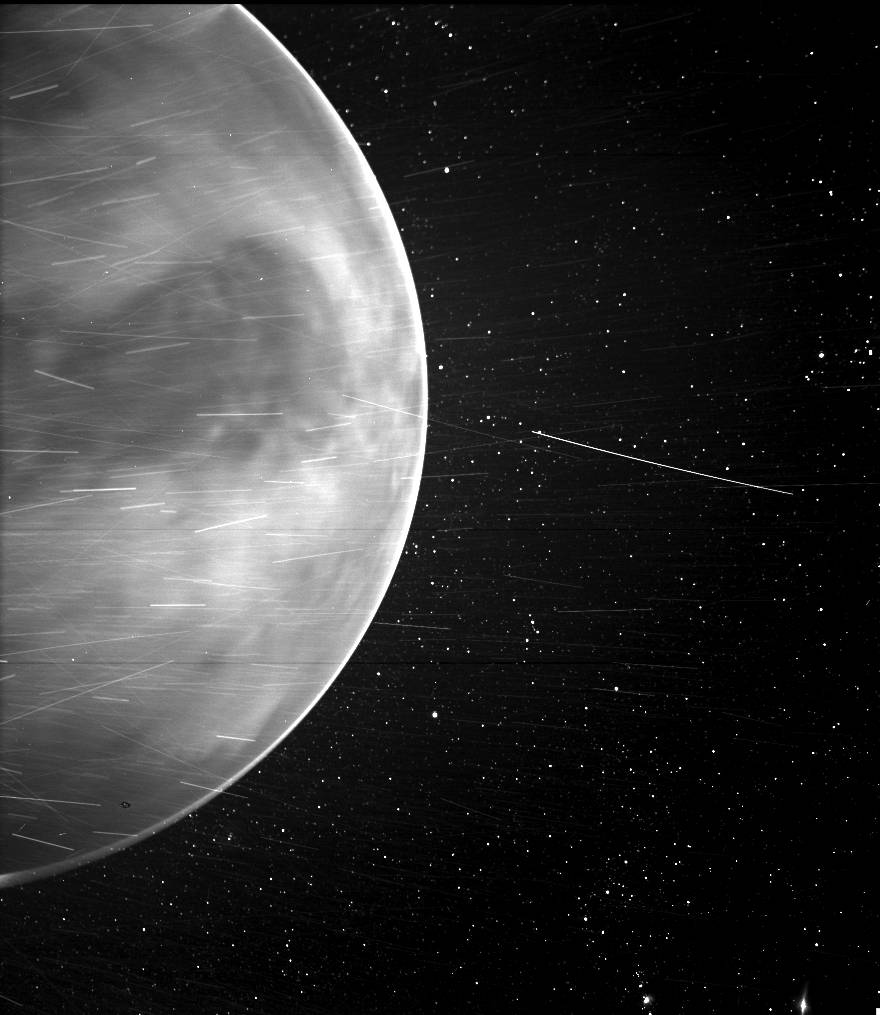
Last summer, the Parker Solar Probe flew past Venus on its way to fly closer to the Sun. In a bit of a surprise, one of the spacecraft’s cameras, the Wide-field Imager for Parker Solar Probe, or WISPR, captured a striking image of the planet’s nightside from 7,693 miles (12380 km) away.
The surprise of the image was that WISPR – a visible light camera – seemingly captured Venus’ surface in infrared light.
Continue reading “Parker Solar Probe Captured Images of Venus on its way to the Sun”Tree Rings Reveal 1,000 Years of Solar Activity
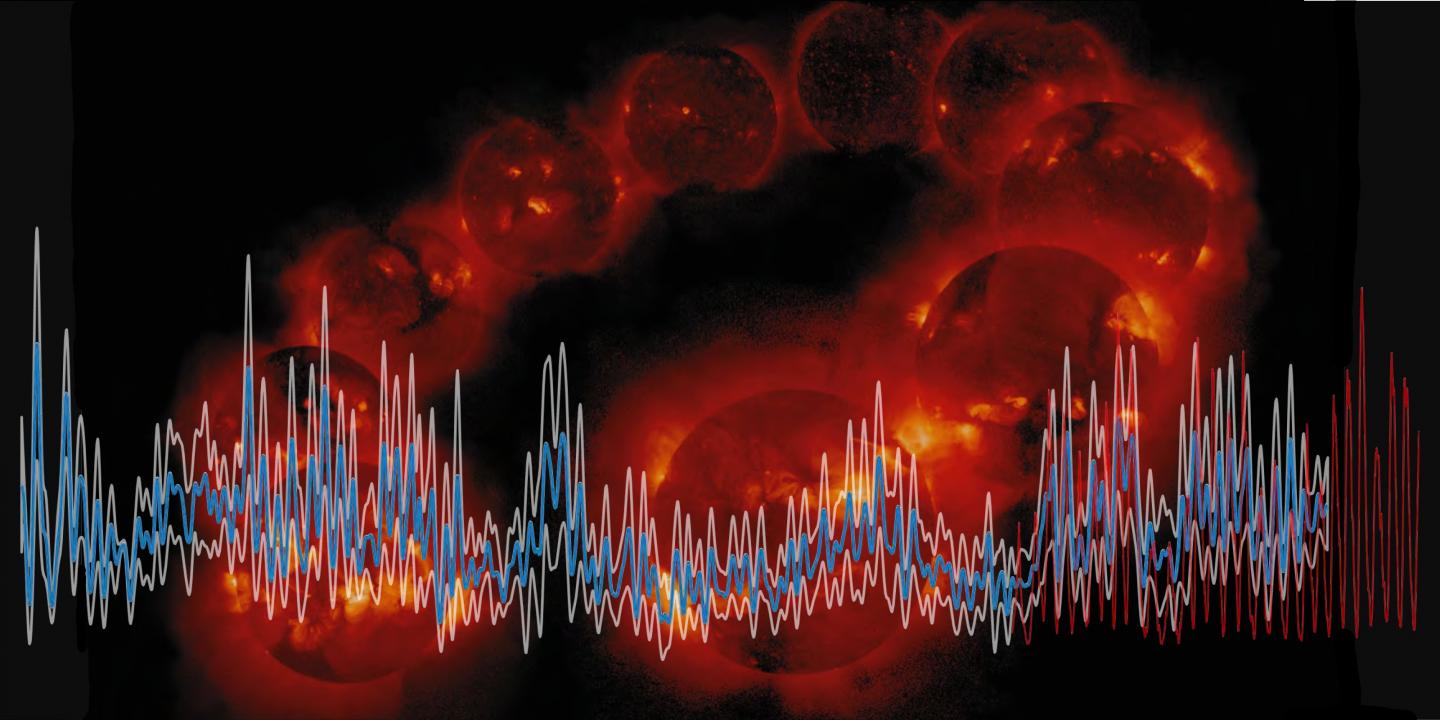
The Sun has a lot of rhythm and goes through different cycles of activity. The most well-known cycle might be the Schwabe cycle, which has an 11-year cadence. But what about cycles with much longer time scales? How can scientists understand them?
As it turns out, the Sun has left some hidden clues in tree rings.
Continue reading “Tree Rings Reveal 1,000 Years of Solar Activity”If We Used the Sun as a Gravitational Lens Telescope, This is What a Planet at Proxima Centauri Would Look Like

As Einstein originally predicted with his General Theory of Relativity, gravity alters the curvature of spacetime. As a consequence, the passage of light changes as it encounters a gravitational field, which is how General Relativity was confirmed! For decades, astronomers have taken advantage of this to conduct Gravitational Lensing (GL) – where a distant source is focused and amplified by a massive object in the foreground.
In a recent study, two theoretical physicists argue that the Sun could be used in the same way to create a Solar Gravitational Lens (SGL). This powerful telescope, they argue, would provide enough light amplification to allow for Direct Imaging studies of nearby exoplanets. This could allow astronomers to determine if planets like Proxima b are potentially-habitable long before we send missions to study them.
Continue reading “If We Used the Sun as a Gravitational Lens Telescope, This is What a Planet at Proxima Centauri Would Look Like”
